The arctic air that has grasped the Prairies has also resulted in stunning solar phenomena.

A few Albertans were lucky enough to capture sun halos and sun dogs on camera this week.
Formation
In order for these atmospheric phenomena to occur, the weather must be cold and dry.
The moisture in the atmosphere — which usually helps form clouds — form tiny ice crystals or cirrus clouds.

Get daily National news
When sunlight hits the ice crystals, it refracts the light.
A sun halo wraps around the sun at a 22-degree angle and sun dogs are spots 22 degrees from the sun.
Are they rare?
Halos and sun dogs are not rare, especially with the cold winters experienced across the Prairies, but it isn’t an everyday occurrence.
You need the right atmospheric conditions for ice crystals to form, then the sun has to be at the correct angle for light to refract.
Rare or not — according to folklore, sun dogs are a sign of good luck.
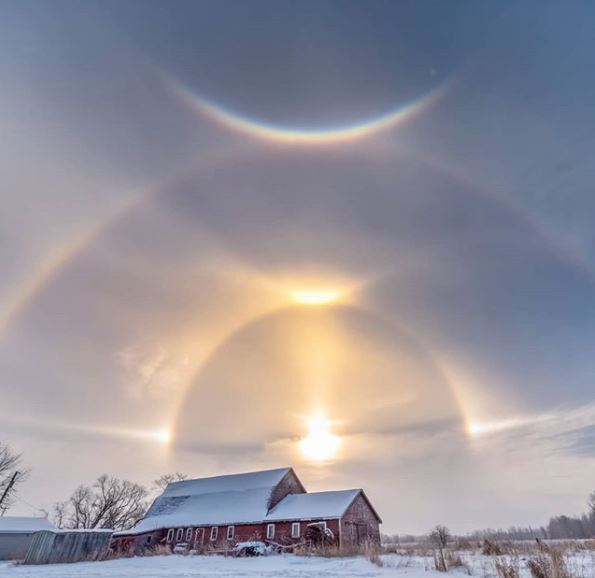
Where does ‘sun dog’ come from?
The scientific name for “sun dogs” is parhelia, which derives from the Greek words ‘para’ (beside) and ‘helios’ (sun).
They are also referred to as “mock suns.”
Best time to see?
These solar phenomena are best viewed when the sun is on the horizon, rising in the morning or setting at dusk.
Unfortunately, the higher the sun gets, the less likely you’ll see a halo or sun dog because of the angle of sunlight and ice crystals.
Given the right conditions, you can get the same phenomena around the moon.
To stay updated with radar and weather alerts in your area, download the Global News Skytracker weather app for iPhone, iPad or Android.



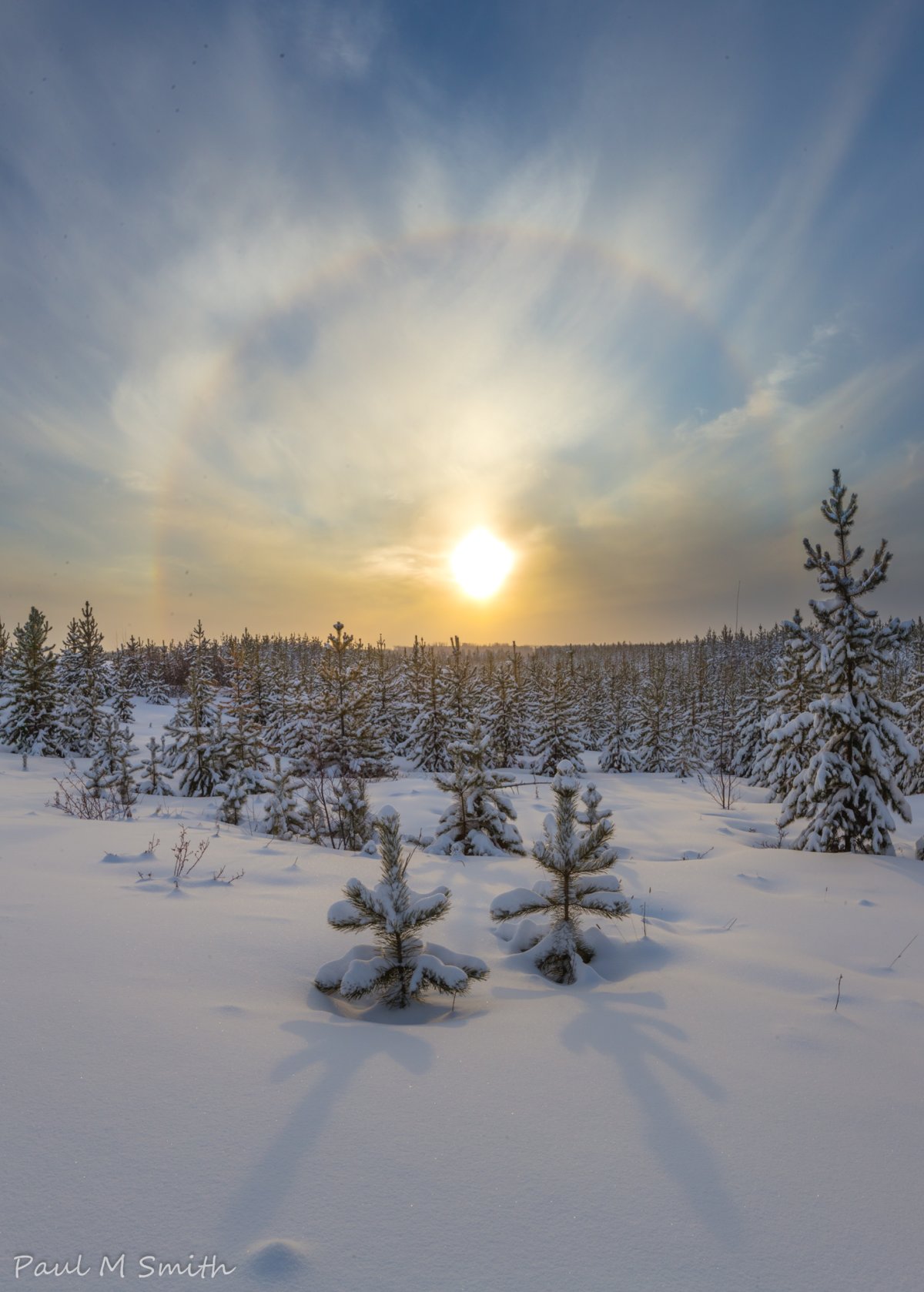





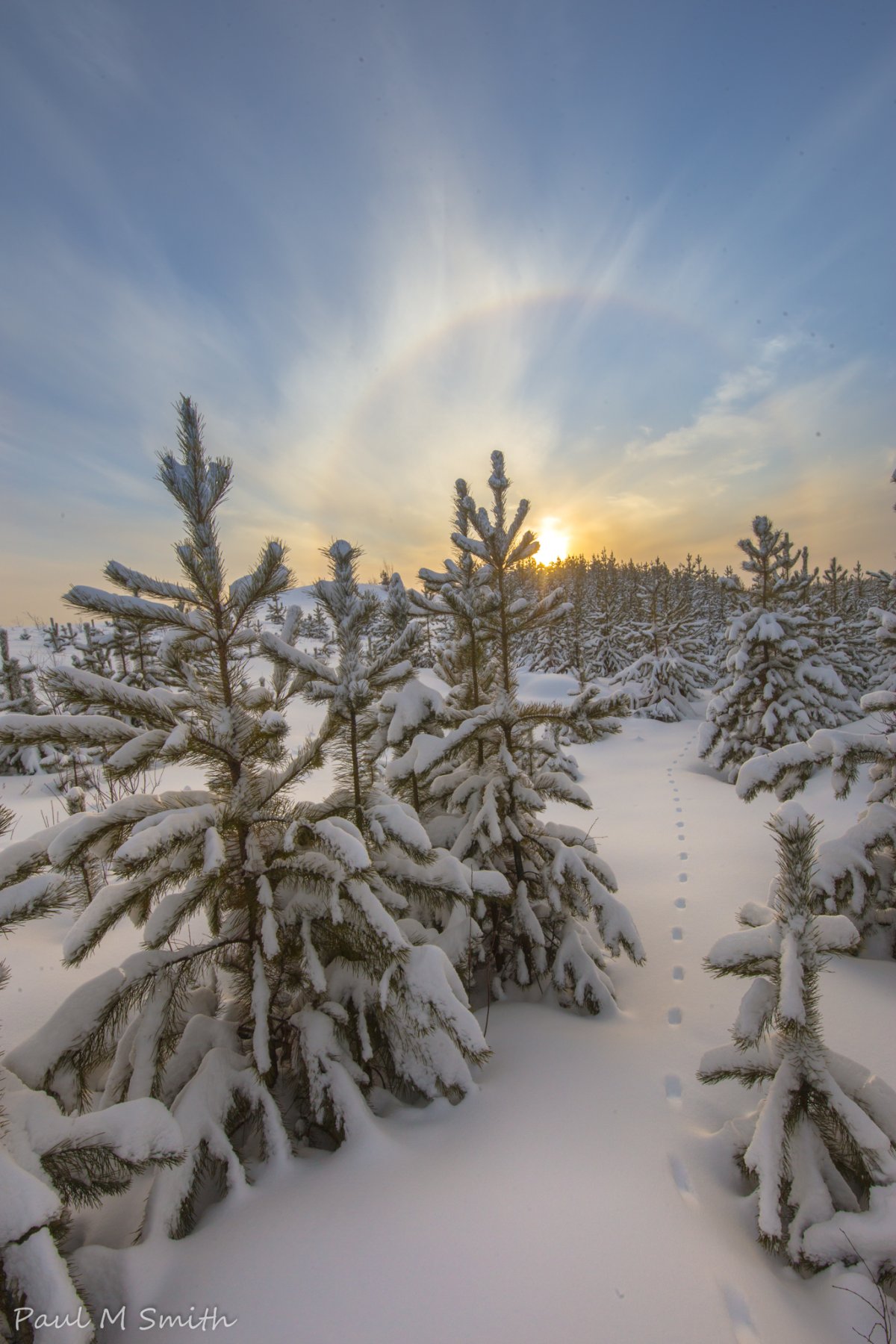



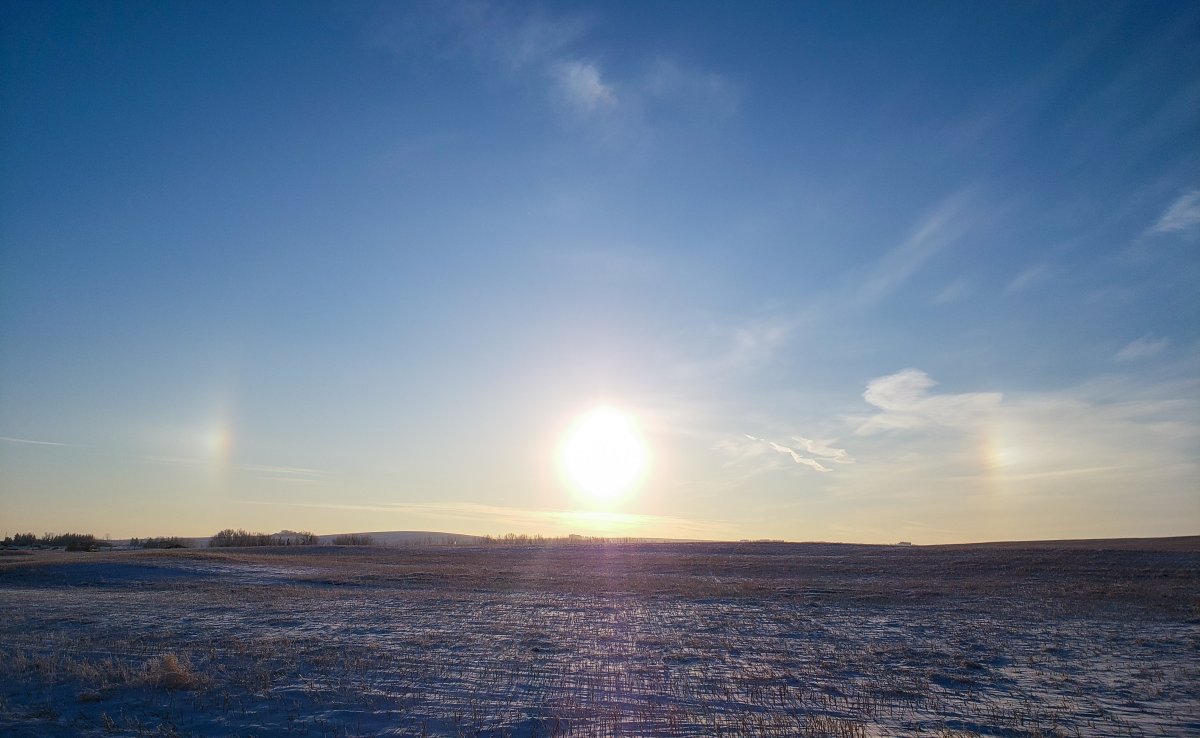
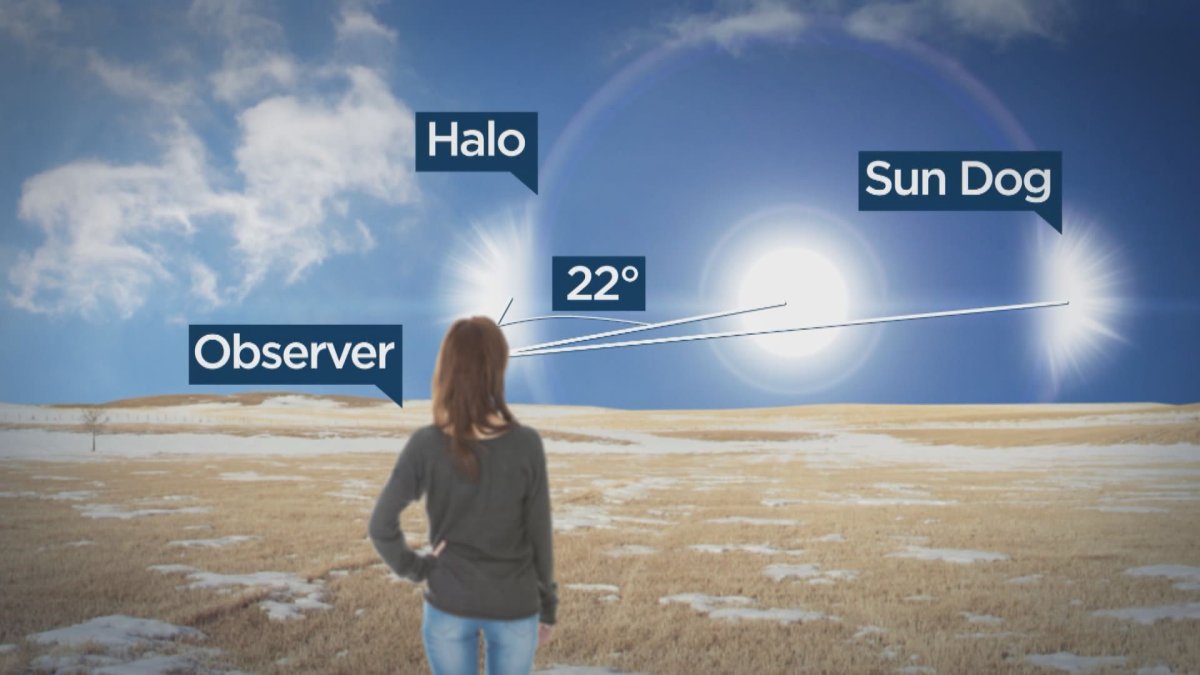






Comments